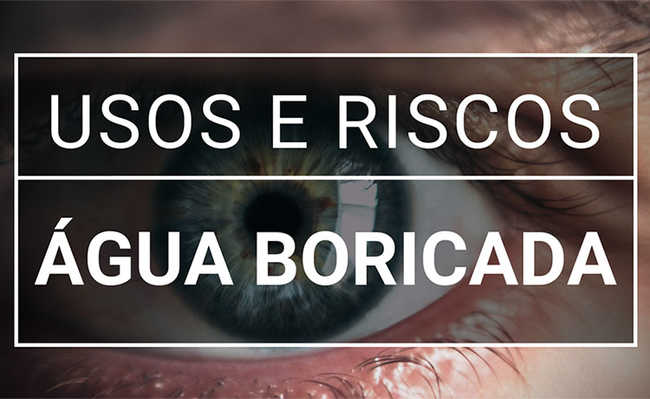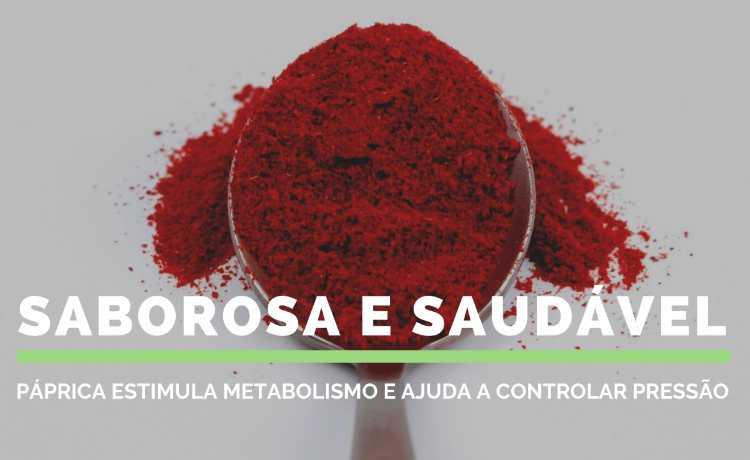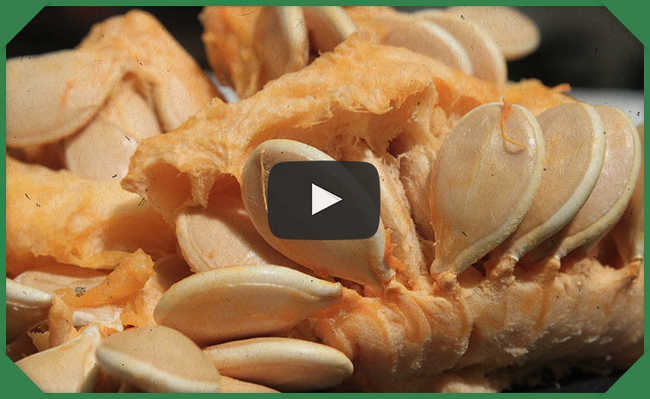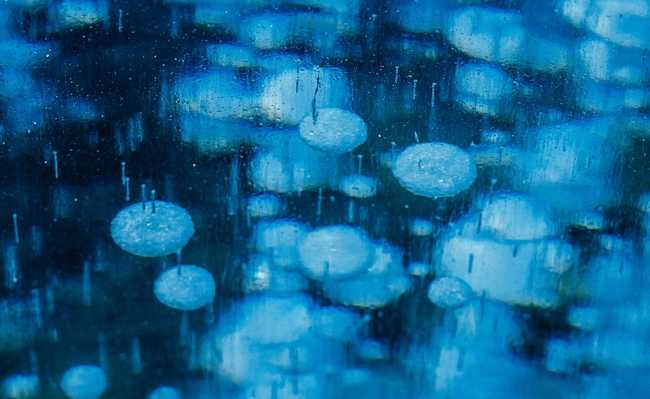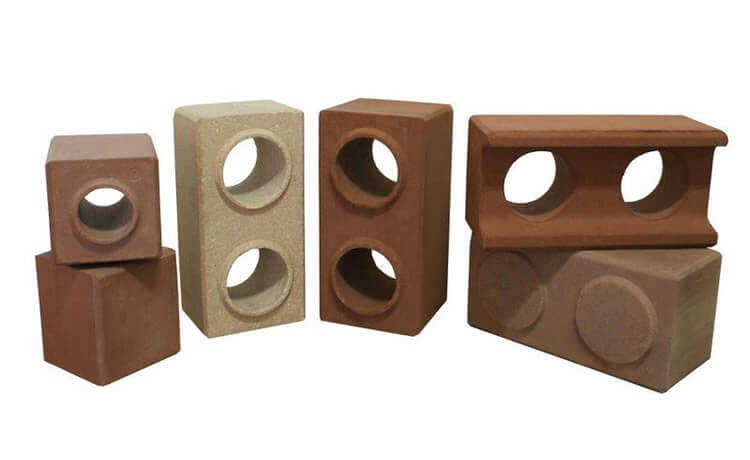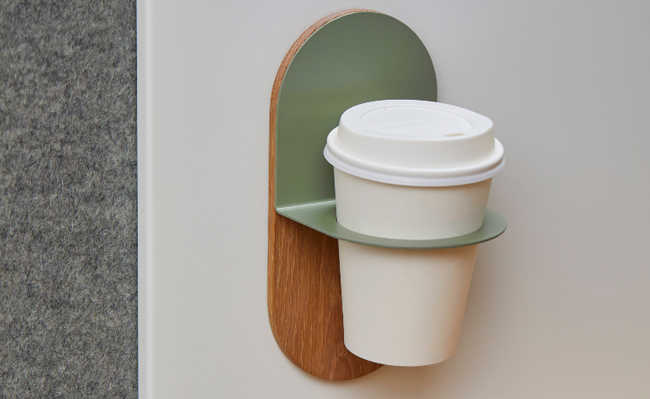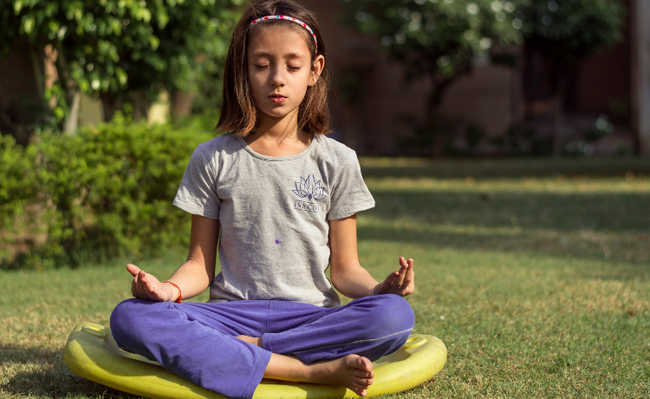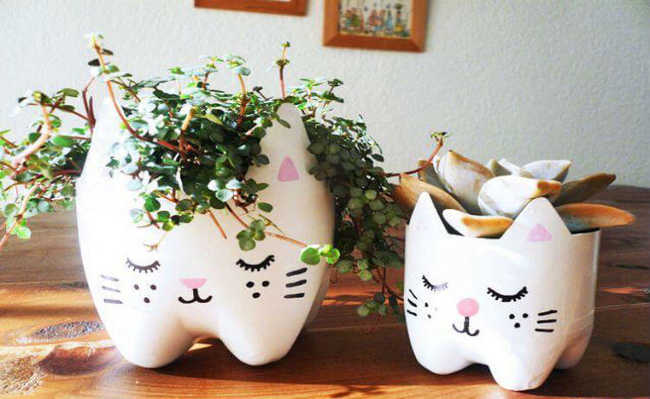How to remove adhesive from adhesive
Removing glue from stickers and labels is easy and allows reuse of glass jars and other packaging. Check out tips!
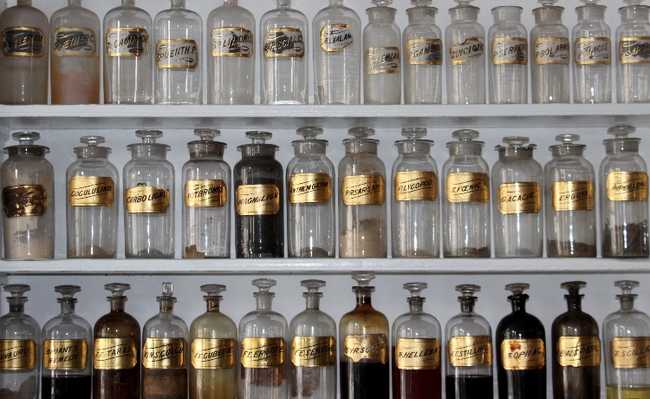
Matt Briney image in Unsplash
If you are one of those people who buy a product thinking of reusing its packaging or glass jar later, you must have already gone through the inconvenience of not being able to remove the glue from the sticker or label when the contents of the container have run out. Some labels come off easy, but others stick so much that some people end up giving up on the glass because of the adhesive's glue.
Garbage, however, does not need to be the destination of your packaging and glass jars with glue residues. Items such as oil, baking soda, lemon, and vinegar can help you remove the adhesive glue.
In addition to the labels on packaging, jars and glass bottles, there are also those stickers that we stick on the wall at home or on some object, such as a notebook or even a car, and which we get tired of after a while. When removing, it is common for unwanted glue residues to remain and that can accumulate dirt. Each case requires a specific solution and attention may need to be taken not to scratch the objects on which the glue has stuck.
How to remove adhesive from adhesive
Check out some natural options that will help you remove adhesive glue residues left on glass jars, on the walls of the house, in the car or on objects.
1. Soak in warm water
In the case of some packages, simply soaking in warm water is enough to remove all the glue from the adhesive, especially those with less resistant paper labels. Soak for at least 20 minutes and then wash normally, scrubbing with a sponge - using a vegetable washcloth is a great option for scrubbing a little glass or container without scratching the material.
2. Vinegar
Vinegar can be used to remove polar type adhesive glue, as it is also a polar substance. When applied to some types of glue, it helps to quickly peel off any remaining adhesive. Just apply a little vinegar on top of the adhesive glue, wait a while and rub with a sponge or even your fingernail. This technique is best suited for glass surfaces, as it can stain more sensitive materials.
3. Oil
If the adhesive glue does not come out of your glass jar, it is likely to be a non-polar type glue. In such cases, it is possible to use oil to remove the glue. Oil is also a non-polar substance, so applying it over the glue will help to soften the material and facilitate its removal. But be careful that the oil doesn't end up down the drain later, as this negatively impacts your home's plumbing and also pollutes the water, in addition to contributing to the death of living beings. Understand the issue in the article: "Disposal of cooking oil: how to do it".
For the task of removing the glue from adhesives, just a little oil is enough. Proceed as if you were going to grease the adhesive region. Take a used paper to help you remove any remaining glue and wipe off any remaining oil on the glass. Thoroughly clean the glass with used paper before washing it, this way you prevent the oil from falling into the sink. Afterwards, dispose of the paper in organic waste or in the domestic composter (know what goes and doesn't go in the composter). Remember that labels, stickers and tags are not recyclable and must also be disposed of correctly.
- Is it recyclable or not?
This technique can also be used to remove the glue from adhesives for appliances such as the refrigerator, including stainless steel items. But be careful to choose a soft paper, cloth or sponge, so as not to scratch your equipment - polyurethane dishwashing sponges, in addition to being difficult to recycle, can also scratch your objects.
4. Oil with baking soda
As always, baking soda appears as a savior for persistent adhesive glue cases. If you've tried the above methods without success (and your object isn't very sensitive), mix it with equal parts oil and baking soda. Apply to the glass or packaging and let it act for half an hour. Then just remove the products with a used paper and the remaining glue with a dry cloth and clean the pot normally. This recipe is ideal for glass pots - and here the same precautions with the oil mentioned above apply.
5. Lemon
Lemon and other citric acid-based products can also be used to remove adhesive glue. The acid does not damage metals or tough plastics, but it can dry out the surface of softer plastics such as adhesives. This technique can also be used to remove debris from Super Bonder . Apply lemon or a mixture of lemon and water over the glue, wait a while and rub with a vegetable sponge or soft cloth.
6. Adhesive tape
It may seem contradictory, but it is possible to use sticky tape to remove glue residue from objects. Lightly scrape the remaining glue, trying to remove the excess with your hand. Then apply a very sticky tape over the residue. Pull to try to remove the glue left by the stickers. Repeat the operation until all the glue remains are removed. This technique can be used in notebooks and also in the car - it is suitable for sensitive objects, which can easily be scratched.
Reuse packaging!
Convinced that it's easy to get palm heart glass ready for a new use? Upcycling the glass jars and containers, which are beautiful and considered a sustainable type of packaging. Buying products with glass packaging, already thinking about reusing them, is a great way to reduce your plastic production - and you can even organize your home or kitchen in a practical way.
Glass jars can be used in the production of homemade preserves or simply to better preserve food. In the case of grains and cereals, the jars also help to keep away weevils, moths and other bugs that attack the pantry. If you already have a lot of jars, find out where to recycle bottles and other glass items. Check the free search engines at eCycle portal and make the correct disposal of your waste.

